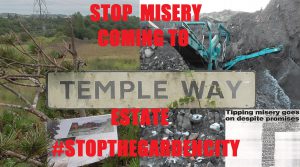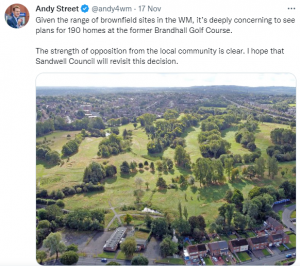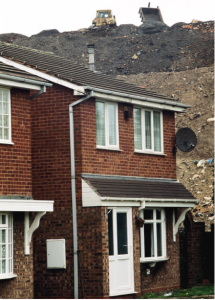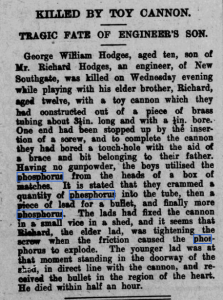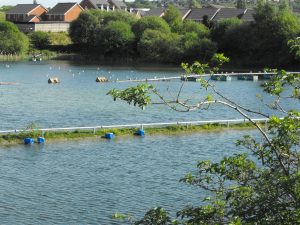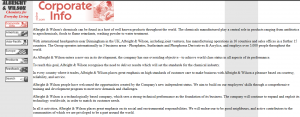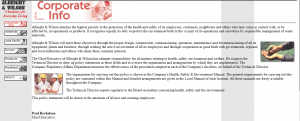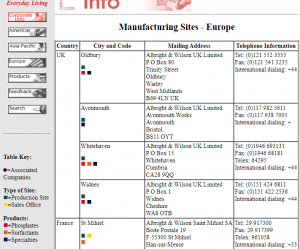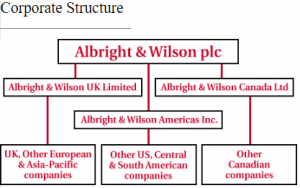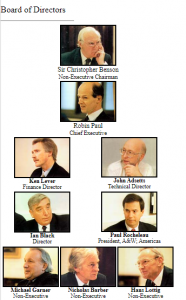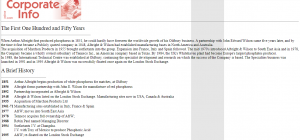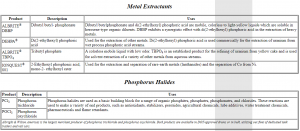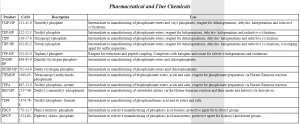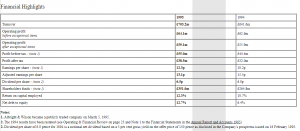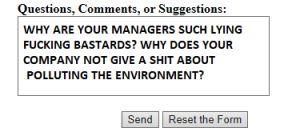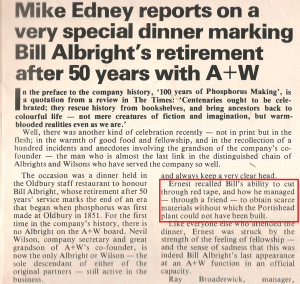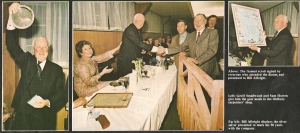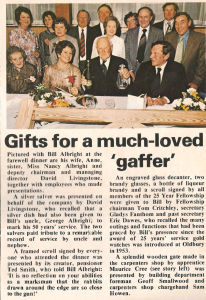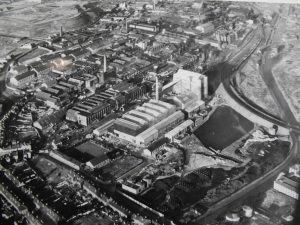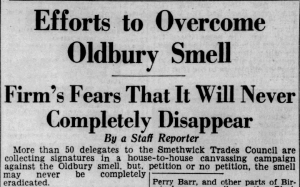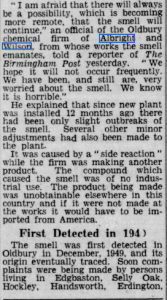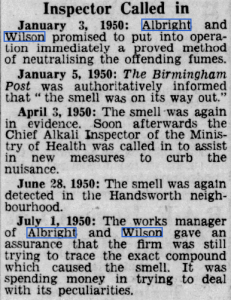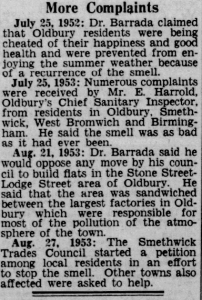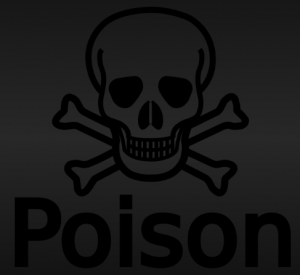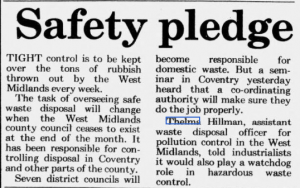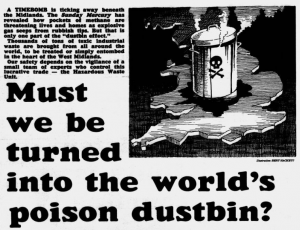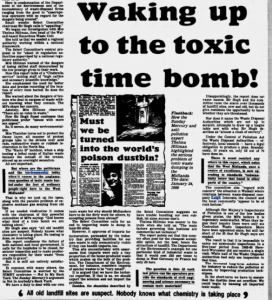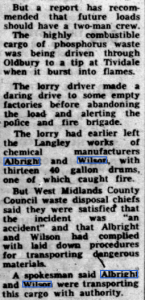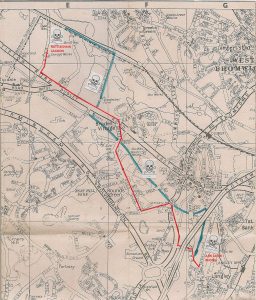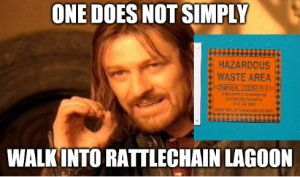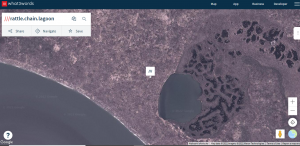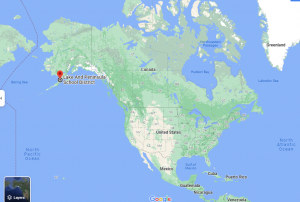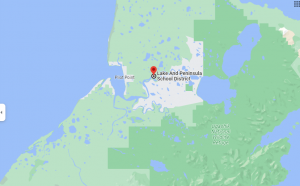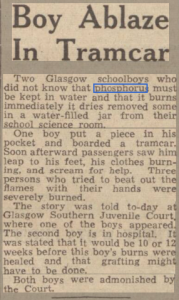OPINION
Politicians it seems have no real imagination except “reinventing” old schemes that they think the public have forgotten. Their “growth” agenda using public cash strangely seems tied to private business.
One of the worst examples of this is Andy Street- a mayor so pointless that many would not even recognise him in the West Midlands; a Jim Henson creation ferret but without the charisma, and with a fetish for public transport creation schemes that never materialise. And yet his power of influence allows him the ear of Government to literally dictate which areas can be built upon and which can be saved from development- the clue is the Labour voting areas are the ones that are to be built on- particularly as that party cannot manage money and go cap in hand for Government cash whenever they can by pleading “poverty”. He picks and chooses which areas are “brownfield” and which are greenspace, for example contrast Brandhall Golf course with the Lion Farm Fields- which he has not really outpoured his opposition to given that Conservative party donor Jeremy Knight Adams has been in long discussions with Sandwell council about destroying them.
We should therefore be very weary of any out tray “new” announcements that this man and his office make, and spirit level stimulus injections of “Government” cash given the track record of his championed disasters like the Smethwick hospital, H$2 and the metro line which spiral in costs and delays in perpetuity, and all vocally championed from the Wealdstone Raider’s microphone like a fishy queef.
Labour and Conservatives offer nothing to this area via Government except the same poison chalice. They are a spent and busted flush with no ideas except recycling old ones- much like trains, they come along every ten years with the same idea, and all at once like busses. The area does not need a “fairy Godfather” or Wizard of Odd character who keeps appearing for photo opportunities at every turn down the line, it doesn’t need a “champion” or “celebrity” endorsement either.
Over the last several years, Dudley Council has wasted the time of all the other local authorities, as well as the public with at first “The Black Country Core Strategy” and then “The Black Country Plan”. Their officers put together this crock of shite, deliberately making it incomprehensible and impossible to read, except if you are well versed in such documents, or retired. Of course, this fits the profile of the greenbelters from Tentenhall and areas bordering South Staffordshire who were up in arms about their view being spoilt by more housing. The black country it appears has to be built on to take the “invasion” scum from the south, dumped upon it by Whitehall mandarins. Then Dudley decided to pull the plug and withdraw from their own constructed plan- was this always the intention- I do think it very much was.
The cost to the taxpayer from these public sector political crooks is eyewatering.
For those who remember The Black Country Development Corporation of the late 80’s and 90’s, the West Midlands Combined Authority is just the reinvention. It sets targets and gives opportunity to construction investors with firms registered in tax havens who shit on the area with their “growth” schemes and land banking. Some of these have dual companies registered in the UK and in Jersey for example to avoid tax. The tax man should be paying close attention to grants given out to the UK arm, and if this is being siphoned off abroad to the clone. Leave a site derelict and mothballed for years and then wait till a taxpayer funded scheme comes along to remediate land that had been abandoned many years before with no intention of ever “cleaning up” for an end purpose.
Their officers meet in secret to destroy green space and shit on the lives of local people with the schemers and then facilitate deals and planning applications and “masterplans” behind their backs which are almost impossible to stop through the bent constructed planning process, stacked in their favour by the political class. They also go on taxpayer expense holidays to the South of France once a year.
Now that DMBC have screwed the other councils over, it now appears that a new name has been given to the worst of the Black Country Plan in the form of “investment zones”. In Sandwell this appears to be the old Dudley Port Supplementary Planning Document from 2017. SMBC as well as Street appear intent on building houses next to the failed Metro line to Brierley Hill and surrounding and condemning those who live in this area to even more squalor and overcrowding to save the tory voters fucking “greenbelt”- private agricultural land with no purpose except being land banked by them.
The blurb reads
“Sandwell Investment Zone: A compelling collection of brownfield sites around the route of the Wednesbury to Brierley Hill Metro extension (many within 15 mins walk from the extension), including schemes at Wednesbury and Tipton, creating new housing and industrial space, and regenerating existing industrial premises”
Michael Gove, it seems has recently poured a bit of cold water over the eager beavers, and perhaps a rebuke to Street who backed the absolute total loser and waste of fucking space, Liz Truss in the recent PM shambles. He states that investment zones should not go ahead if they damage the environment- WELL MR GOVE, THIS SCHEME WILL CERTAINLY DO THAT!
I have also previously outlined this so called “Dudley port Supplementary planning document” in 2017. Around 400 local residents and users of Sheepwash Nature Reserve signed a petition which was handed in to Sandwell Council at the time, but they stated that it would be more appropriate to be considered at the time when the allocations came up for review- which was of course The Black Country Plan.
I have now forwarded this petition demonstrating “the strength of opposition from the local community” to local MP for West Bromwich West Shaun Bailey- and he can do with it what he likes- either backing the residents, or his colleagues “investment zones” like Andy Street. Already, he is aware of just how much of his constituency is developed, how much of the green space is devalued as “brownfield“, and hopefully he is too savvy to believe the spin about “urban villages” and “garden cities” which will develop and destroy even more of the little we have left.
The “misery” of the ten-year tipping operation that supposedly was to take two has been documented HERE. We cannot and should not accept a return to this absolute fucking planning farce again, the section 73 conman show begging for more time so more shit could be tipped, and the planning appeals decided by some c£nt in Bristol.
#STOPTHEGARDENCITY
#INVEST IN GREEN SPACE WITH NO STRINGS
